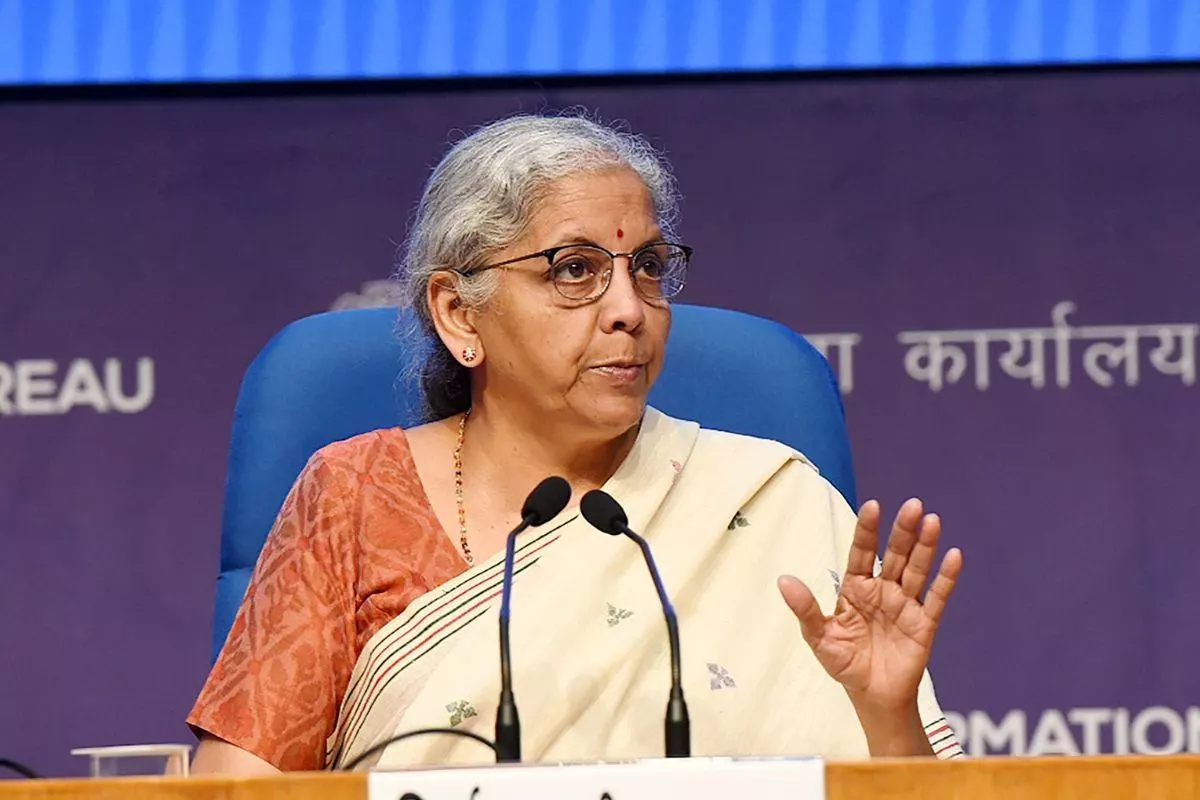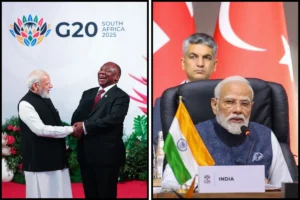
Union Minister of Finance and Corporate Affairs Nirmala Sitharaman.
Foreign direct investment (FDI) in India has increased by USD 9,000 million between 2018 and 2019, according to Union Minister of Finance and Corporate Affairs Nirmala Sitharaman. She further stated that this indicates the “confidence of the foreign investors in the business atmosphere of the country.” The minister was speaking In response to a question in Parliament regarding FDI in India.
BRS member poses question on FDI
Bharat Rashtra Samiti (BRS) member of Parliament (MP) G. Ranjith Reddy and Dravida Munnetra Kazhagam (DMK) MP Kanizmozhi Karunanidhi asked for the “reaction of Government on the number of foreign businesses leaving the country surpassing the new entrants since 2018”.
According to data they quoted, 469 international companies started operating in India between March 2023 and March 2018, whereas 559 foreign companies stopped operating over that time. The minister was questioned about what steps the government was taking to address this issue and “whether it means that country is not providing the business atmosphere in spite of investors reluctant to go to China, particularly after pandemic.”
Nirmala Sitharaman answers the query on FDI in India
Sitharaman clarified that the data was limited to businesses that had established operations in India, noting that many international corporations had instead made investments in the country through local subsidiaries.
“During the period FY 2018-19 to FY 2022-23 (up to November), 7,946 foreign companies have registered their Indian subsidiary company. It is also observed from the data available on the website of DPIIT (Department for Promotion of Industry and Internal Trade) that overall foreign direct investment in India has increased from USD 62,001 million in FY 2018-19 to USD 71,355 million (Provisional figure) in FY 2022-23,” she said.
Sitharaman added that it was a “commercial business decision” to open or close offices in India or begin working with Indian subsidiaries, depending on a number of variables like operational viability, market size, and internal decisions about whether or not to operate in specific geographic areas.
To read more such news, download Bharat Express news apps


















